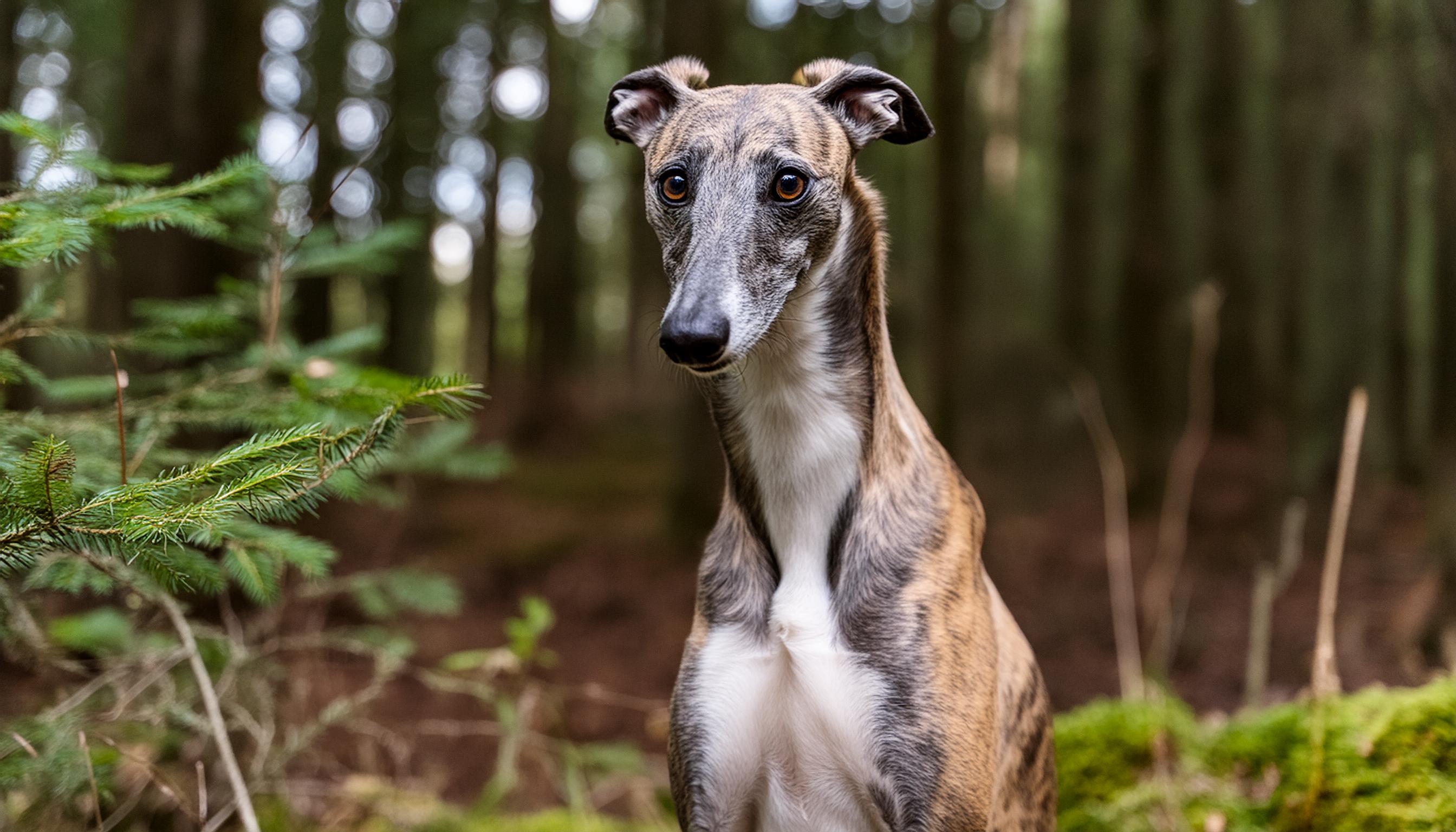I'm a photographer, but these aren't real photographs!
With the increase in generative AI 'photographs,' we have to be more vigilant than ever

None of the images used in this article are real photographs. They are instead creations generated by Adobe's new Model 3 generative AI on Firefly.
Adobe has been using some form of AI for years, whether it is the Spot Removal tool or the Magic Wand, however, the new generative capabilities of AI have kicked things up a notch, enabling the generation of photorealistic images from a single prompt. Adobe is not the only, or by no means the first software developer, to offer this kind of image generation, but the announcement at Adobe Max that Firefly will be introduced to Photoshop places this generative tool in the hands of many more people – and I am not sure what this means for the industry or the wider implications of content consumption in general.
• See our guides for the best AI image generators
In a world where it is already difficult to believe everything you see or hear on social media, the addition of generating seemingly real images can be a dangerous one and one that I think more people should be aware of. As you can see from these images the ability to resemble real objects and people is coming out the other side of the uncanny valley and is wholly believable, and if you are quickly scrolling through social media, even more so.
I am not for one minute calling for a ban on this kind of technology, as it is a fantastic creative tool that is producing some amazing art, and even acting as an idea generator. Adobe has made retouching, editing, and video editing much easier and has simplified many aspects of post-production via AI. I am personally excited by where AI might take us, especially in terms of video generation and video post-processing.
I am instead expressing concern for those unaware of the capabilities of this technology, and urge more scrutiny in questioning image validity and sources more rigorously. This is even more of a concern with large political elections on the horizon.
Thankfully this is also a concern for official organizations that have created bills and policies that deter false news and challenge the authenticity of images, but at present, this is easy to bypass.
The best camera deals, reviews, product advice, and unmissable photography news, direct to your inbox!
Adobe is an example of a company doing its part by issuing strict guidelines that stop the generation of images that could be used for harm or social manipulation, however, some aren't as rigid.
I think that is also worth noting that some of these images would not look out of place among a shortlist of photography competitions. Suppose these images can be created by typing a sentence into a search bar. In that case, you may start to see these photographs feature more prominently on social media or competitions themselves, with no statement of AI involvement.
It is also worth pointing out that the current iteration of this sort of image and video generation is the worst it will ever be, and will only become more realistic and believable!

Kalum is a photographer, filmmaker, creative director, and writer with over 10 years of experience in visual storytelling. With a strong focus on photography books, curation, and photo editing, he blends a deep understanding of both contemporary and historical works.
Alongside his creative projects, Kalum writes about photography and filmmaking, interviewing industry professionals, showcasing emerging talent, and offering in-depth analyses of the art form. His work highlights the power of visual storytelling, fostering an appreciation for the impact of photography.






